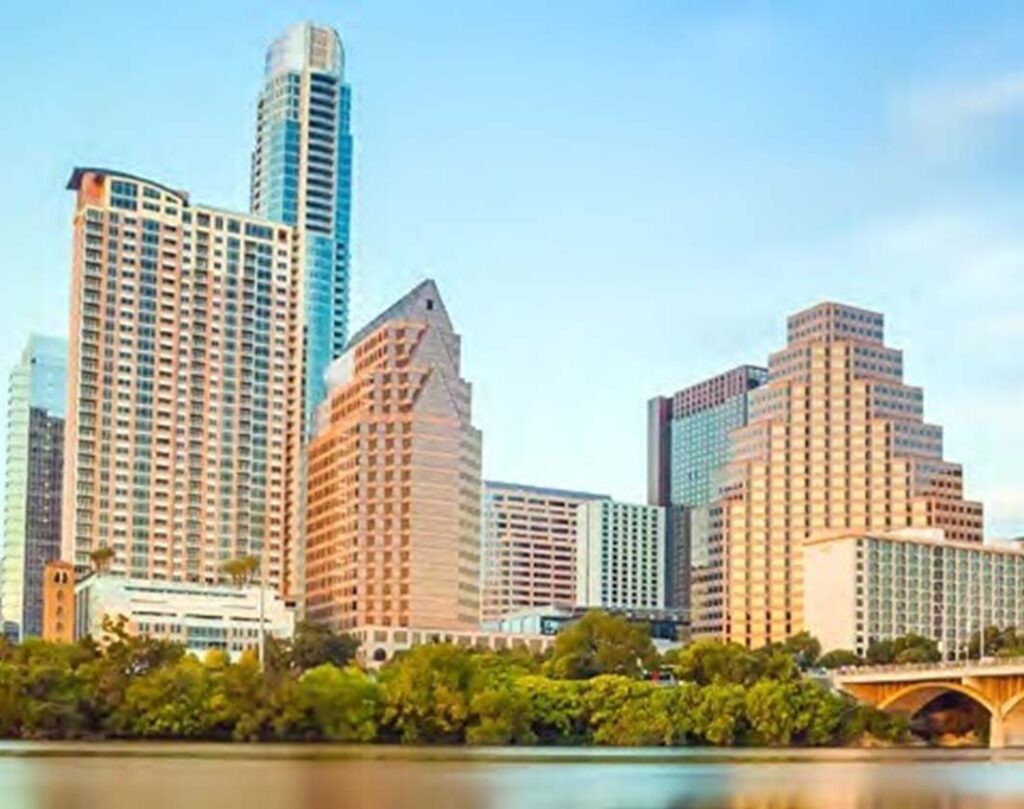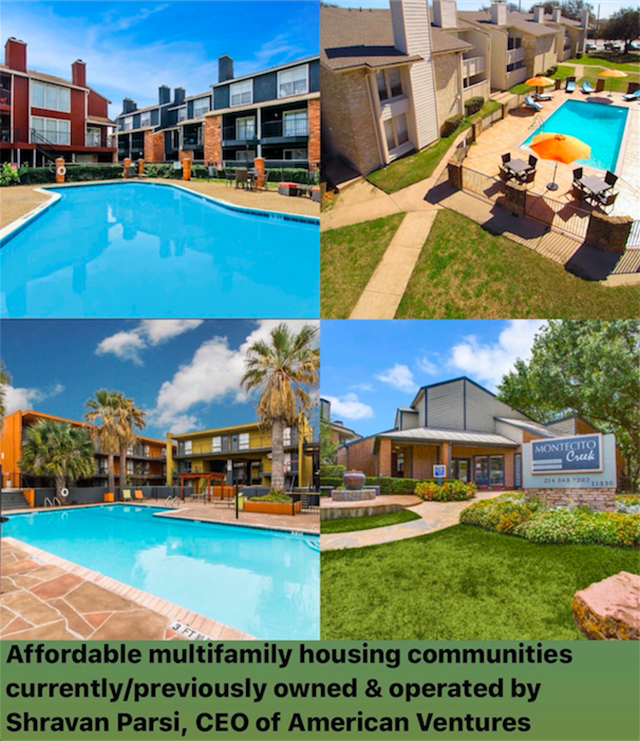Investing in Multifamily Housing: A Way to Tackle the Affordable Housing Challenge

It’s an opportune time to act on the affordable housing crisis. The financial markets are in turmoil because of the Coronavirus pandemic and oil price war, but multifamily real estate remains a relatively stable investment with a solid return. Affordable housing is not low-income housing but quality housing for median income earning Americans. Affordable housing is one of the country’s biggest problems and your stable investment can serve as a way to do good.
Investment in multifamily workforce housing can play a powerful role in slowing the growing shortage of affordable housing throughout the country. Depending on new construction to generate a solution won’t work because of soaring construction costs. And with timelines longer than 24 months, it takes too long for units to become available. In contrast, investing in Class B and C multifamily[1] properties and renovating them in a value-add program has a shorter timeline, keeps units available for rent while renovations are on-going, and brings benefits to both workforce families and investors.
What constitutes affordable rent varies across the country. However, the rule of thumb that 30 percent of income goes to housing helps pin down a working number. Median income in the country is a little over $60,000, which makes affordable rent no more than about $1525 per month. Although you might think that is a fair amount of money for rent in most places; new, affordable apartments don’t stay on the market for long. According to the Census Bureau’s “Survey of Market Absorption of New Multifamily Units,” within three months, more than 60 percent of new units with affordable asking rents between $1,250 to $1,440 are rented.[2] Demand across a diversity of communities is outpacing both newly constructed and existing multifamily housing. The lack of supply in the face of growing demand is driving up rents, and affordable apartments are becoming rarer.
A value-add model makes a real difference in this environment of rising demand and shrinking supply. For example, in 2015, the average rent for a two-bedroom unit at one of my company’s properties in the Dallas metro area was a little more than $860. Three years later, after implementing renovations, the average rent was a little more than $1000. That was an increase of a little more than 15 percent, and it was $50 less than the average rent in surrounding communities.

Why did we offer units at our property for rent lower than the surrounding properties? Rents a little below market help maintain our occupancy rate at more than 95 percent, which is a little higher than the submarket. The slightly lower rent and higher occupancy rate eventually yielded higher net operating income. The lower rent helps families stay in their apartments longer and generates less overall turnover. As a result, they gain stability, develop a sense of ownership and community, and save on moving costs.
This Dallas metro deal was good for investors as well. When we sold the property in 2018, the internal rate of return was over 25 percent. The deal yielded over 80 percent return on investment while maintaining good cash-on-cash returns during the hold period.
We know that when the financial markets are volatile, they take the housing industry for a rollercoaster ride. But workforce housing remains stable. What protects it from the volatility that other sectors of the housing industry experience? The answer is that a well-put-together multifamily real estate investment deal is self-sustaining.
A Self-Sustaining Business Plan Creates Stability
An apartment complex can generate a positive cash flow starting on day one. Rental revenue can pay predictable operating expenses and generate enough net operating income to cover debt service, property taxes, and, further, positive cash flows that provide returns for investors.
Short-term rental leases—other commercial real estate leases are five years or longer—enable immediate adjustment to market conditions. During economic downturns, if specific local markets or specific properties demand it, it is possible to lower rents (an unlikely scenario, but possible) to maintain occupancy rates. We saw this in Atlanta, Georgia, and Philadelphia, Pennsylvania, during the 2008 downturn.[3] I expect we will see even more examples during the COVID-19 crisis because so many people are temporarily unemployed while the country follows public health recommendations.
No one can predict the future. However, in my estimation with financial markets and many industries in turmoil, multifamily workforce housing is the best real estate asset class to invest in. Working-class families with median incomes are the backbone of our economy and always need a place to live. By providing quality housing, we are doing a greater good in today’s uncertainty.
In a rental market where demand outpaces supply, it would be an easy choice to charge the highest rent possible. But that is short-term thinking. The long-run game is to keep our communities as well as our bottom lines healthy. My experiences in Texas tell me that in most parts of the country, the returns of a multifamily investment deal are likely to be excellent even when rent for an improved existing unit is, for example, no more than $1,400.
To completely avoid a worsening affordable housing crisis, we need to build more new affordable units, rather than luxury units. But new construction is a long-range remedy. In the meantime, investors in the value-add multifamily workforce housing industry can contribute to reducing the impact of the crisis and earn substantial returns.
It’s the perfect opportunity to do good and create wealth.
[1] Class A assets are upscale properties, no older than fifteen years, with all the amenities in a great location; they are very low risk. Both B and C properties are workforce housing in nice, safe locations. Class B assets tend to be older than Class A properties; investors can implement a value-add program to renovate them and generate a better return on investment. Class C assets may not have been kept up, which means that maintenance issues may exist, and they are likely older than twenty years; investors may have to renovate the building infrastructure to bring it up to code before implementing a value-add program.
[2] George T. Boyd, “Survey of Market Absorption of New Multifamily Units: 2018 Characteristics Report (Apartments Completed in 2017 and Absorbed During Their First 3 Months After Completion),” U.S. Census Bureau, July 2018.
[3] Federal Reserve Economic Data (FRED), “Rent of Primary Residence in Selected U.S. Cities,” Economic Research, Federal Reserve Bank of St. Louis, https://fred.stlouisfed.org/search?st=rent+of+primary+residence, accessed January 28, 2020.
Author
Shravan Parsi
CEO & Founder | American Ventures


